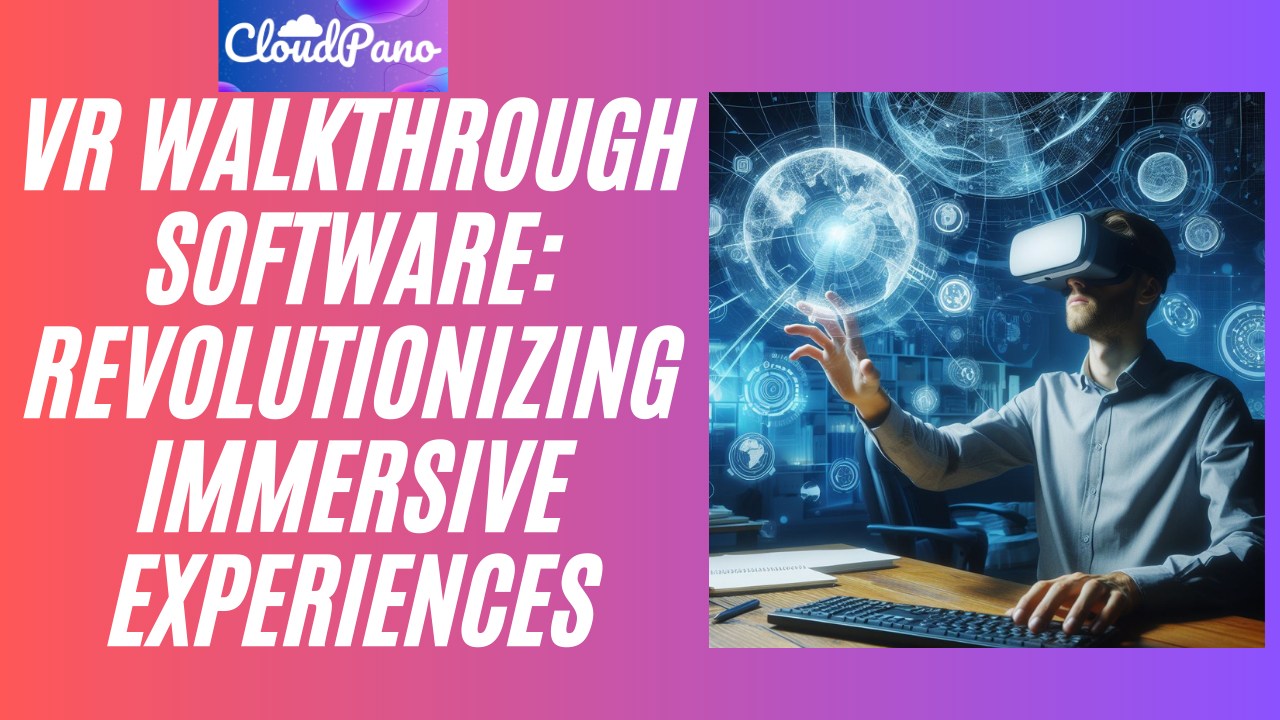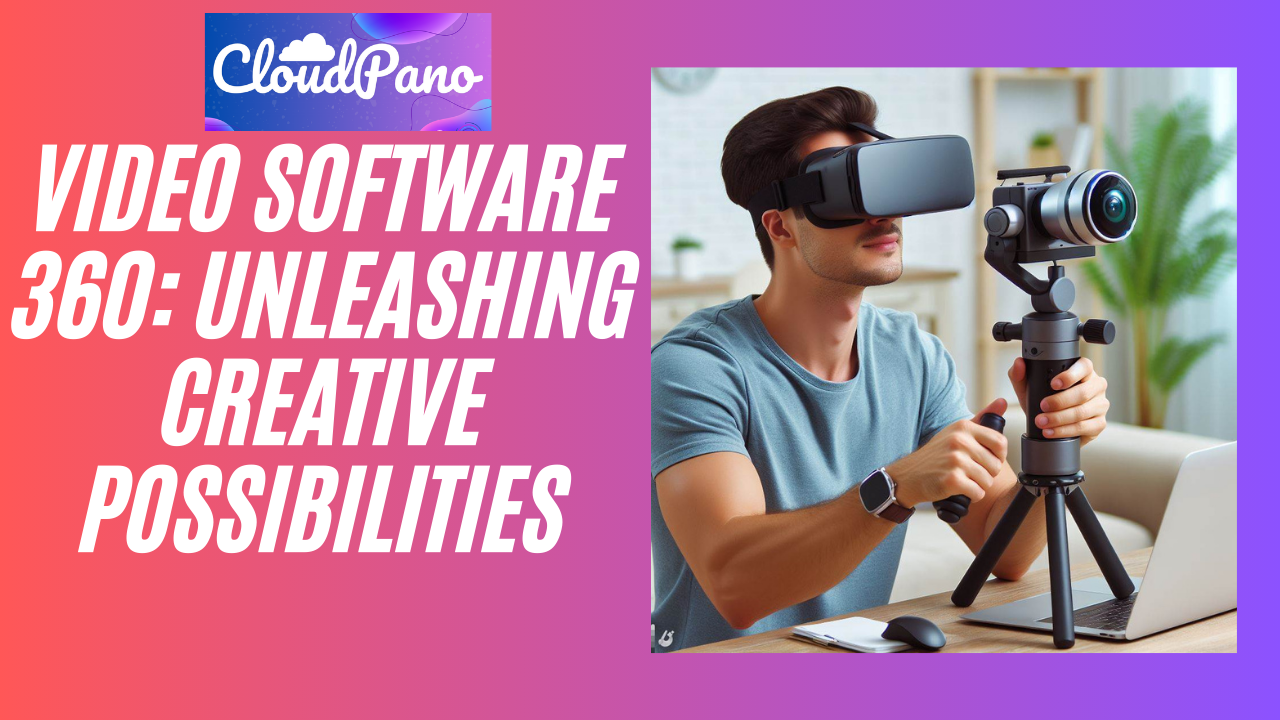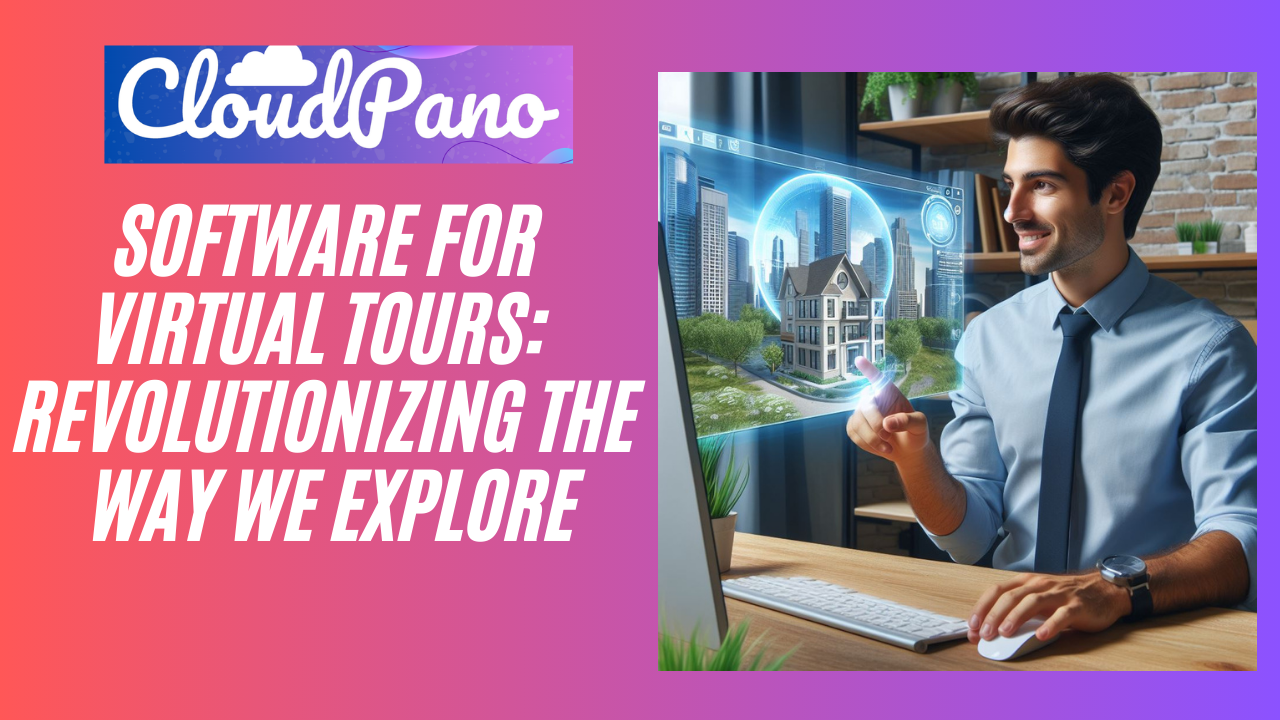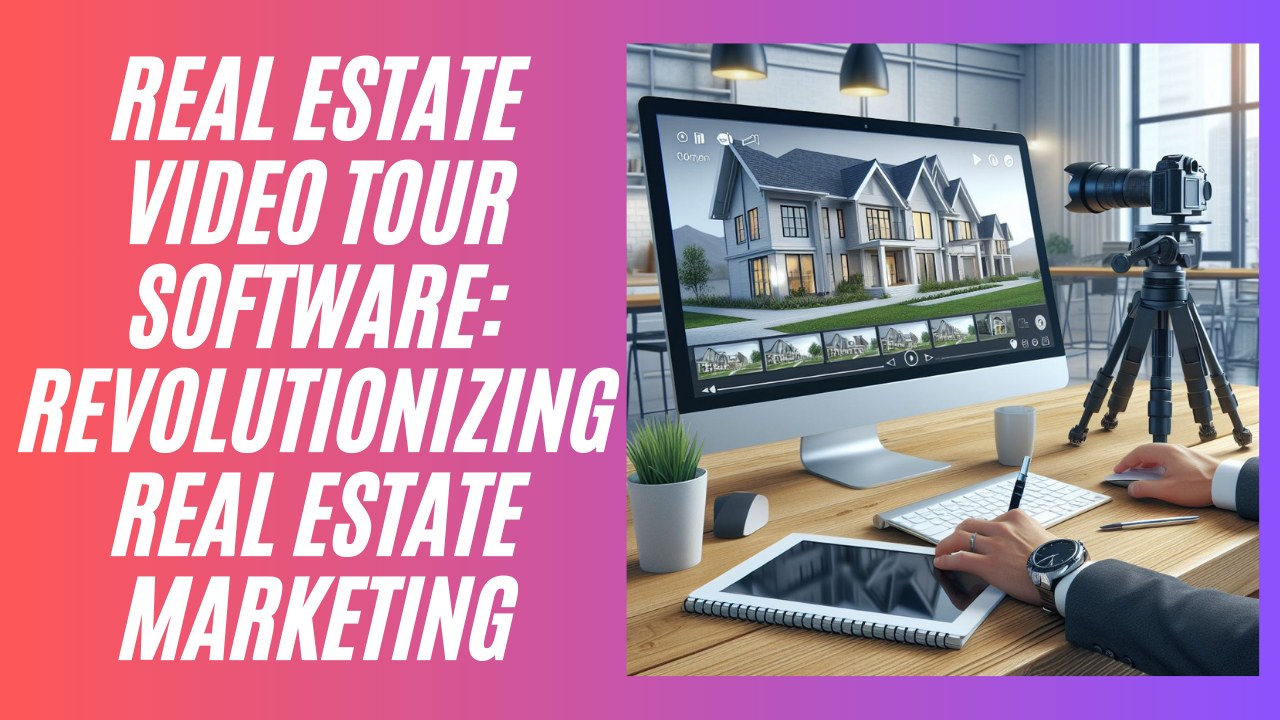Chapter 3 Google Street View Series: The 360 Hardware You Need
Chapter 3 Discovery: Essential Gear Unveiled for Your Google Street View Journey in the Series
Introduction:
Hey there, virtual explorers! In today’s video, we’re delving into the exciting world of Google Street View virtual tours. Whether you’re a budding photographer, a business owner looking to showcase your space, or just a curious individual, creating immersive 360 experiences can be a game-changer. In this blog, we’ll break down the hardware essentials discussed in the video and guide you through the initial steps of crafting your own virtual tour.
1. **The Foundation: A Sturdy Monopod**
To embark on your virtual tour journey, you’ll need a reliable camera stand. The speaker suggests opting for a monopod – a thin, upward-projecting stand with a stable base. This is crucial to avoid the stand appearing in your photos, ensuring a seamless 360-degree experience. You can either purchase a dedicated 360 stand or get creative by converting a mic stand, as the speaker did initially.
2. **Choosing Your Capture Device: iPhone, Rotator Kit, or Dedicated 360 Camera**
Now that you have your stand, it’s time to choose a capture device. The speaker outlines three options:
– **iPhone with Rotator Kit:** Convert your iPhone into a 360 camera using a rotator kit. CloudPano provides these kits, allowing you to capture 360 photos with ease. While this option is convenient, there might be some limitations in terms of control and image quality.
– **Dedicated 360 Camera (e.g., RICO Theta Z1):** For a more professional touch, investing in a dedicated 360 camera is recommended. The RICO Theta Z1, with its dual lenses and advanced features, proves to be an excellent choice for high-resolution, cost-effective photos. It’s a fast track to impressive results without breaking the bank.
– **DSLR Camera with Fisheye Lens:** For those seeking the highest resolution and quality, a DSLR camera with a fisheye lens is an option. While this approach offers unparalleled results, it involves a steeper learning curve and a potentially higher cost.
3. **Exploring Camera Examples: RICO Theta Z1 and Trolly 2 Camera**
The speaker showcases the RICO Theta Z1 as an example of a dedicated 360 camera with advanced features like dual fisheye plugins for different exposures. Additionally, the Trolly 2 Camera, with its rotating single lens and 8K output, presents a more budget-friendly option for beginners.
4. **Keep it Simple: Start Capturing**
The key takeaway is to keep things simple when starting your virtual tour project. Whether using an iPhone, a dedicated camera, or a budget-friendly alternative, begin by experimenting with basic settings like Auto HDR. This hands-on experience will help you understand the process, from capturing to uploading on platforms like Cloud Pano.
5. **Next Steps: Crafting Your Virtual Tour**
In the next video, the speaker promises to guide you through the process of creating a virtual tour using the captured 360 photos. Stay tuned for insights into software tools and the steps to transform your images into a captivating virtual experience.
Conclusion:
Armed with the right hardware knowledge, you’re now ready to embark on your Google Street View virtual tour adventure. Experiment, capture, and get comfortable with the basics before diving into the next phase of crafting your very own immersive tour. Stay tuned for the upcoming blog where we’ll explore software tools to enhance and showcase your 360 creations. Happy exploring!
Follow These Next Steps:
#1 – Register for an upcoming webinar:**Free Webinar → “How To Start a Wildly Profitable Virtual Tour Business and Get High Ticket Clients To Come To You Without Hard Selling Or Buying a Large Camera System” Register for an upcoming time, click here: https://virtualtourprofit.com/index.html
#2 – Upgrade to CloudPano Pro Plus -> click here https://www.cloudpano.com/add-to-cart
#3 – Join the Virtual Tour Profit Community -> https://www.skool.com/360-profit











